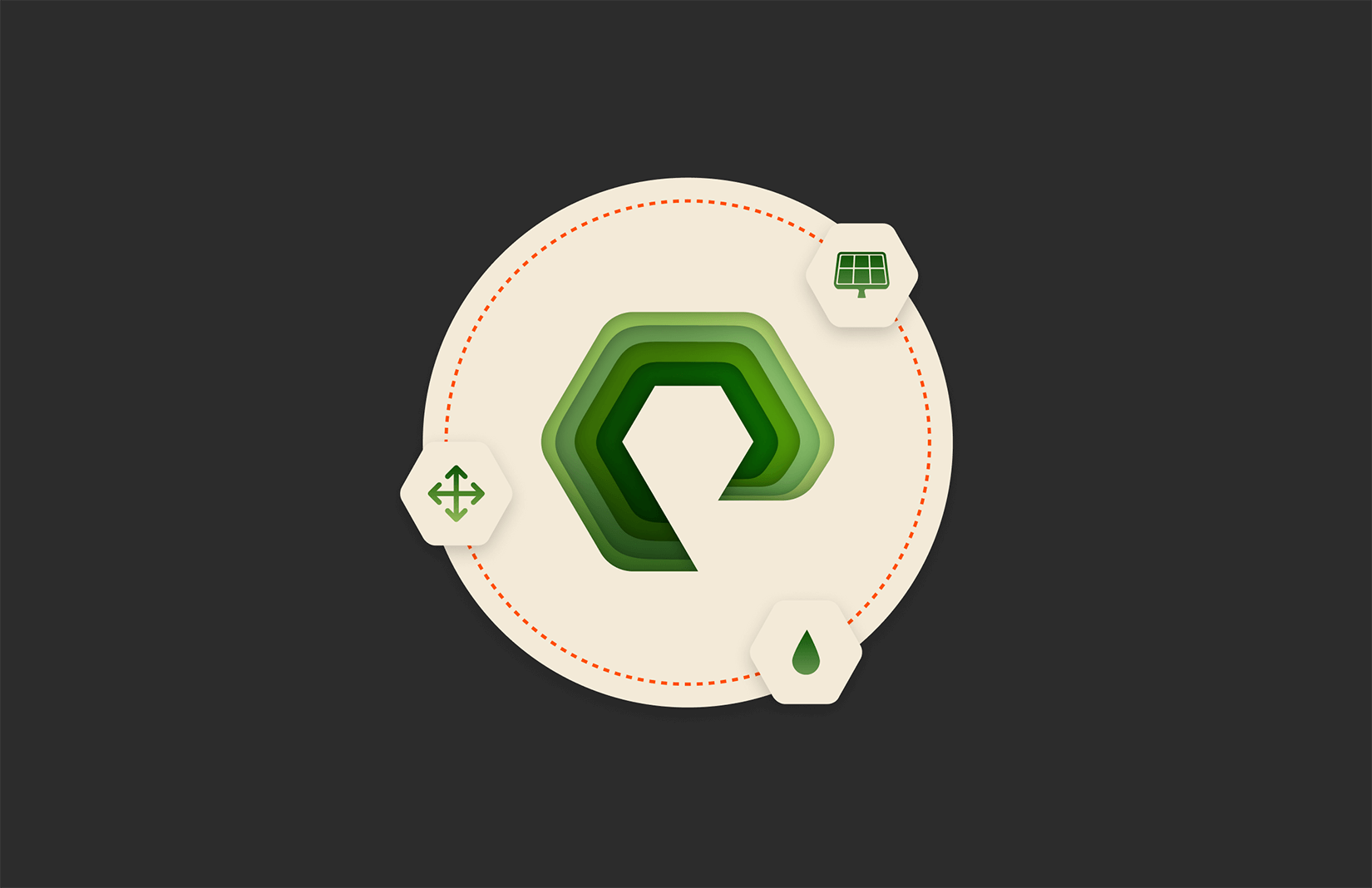Environmental, social, and governance (ESG) programs have become commonplace across industries, geographies, and companies of all sizes. Organizations are earmarking more resources toward ESG-related initiatives as consumers and investors demand higher standards of sustainability and accountability—and as the impacts of climate change continue to rise. In fact, 92% of S&P 500 companies now publish ESG reports in some form, and more than a quarter of global investors say ESG is central to their investment approach.
But while ESG adoption has hit critical mass, there’s a clear struggle to balance environmental initiatives with consumer demand and business goals aligned with greater digitalization.
Ground zero is the data center. Cloud computing, artificial intelligence (AI), streaming services, and more are generating ever-increasing amounts of data. Think home security systems with WiFi cameras that are continuously rolling and uploading footage, and video games with high fidelity graphics, powered by advanced software and hardware. Let’s not forget the healthcare industry, which is now generating as much as 30% of the world’s data to advance new discoveries and make treatments more effective and accessible.
In turn, all this data needs more natural resources and space to store and manage it. While the full impact of this rapid growth in data is unclear, the result will certainly be higher data center power consumption, directly challenging enterprises with established goals of reducing emissions and attaining carbon-free operations as part of their ESG programs.
Learn more: Efficient IT Infrastructure Saves More Than Just Energy Costs
How Much Energy?
Data centers, underpinning the ongoing growth in digitalization, currently account for approximately 1% of global electricity consumption, and this percentage is expected to reach up to 20% by 2025. The Gartner Group estimates that storage could consume as much as 40% of data center power budgets by 2030.
To reduce energy use, many enterprises are shifting from legacy, on-premises data storage to cloud and hyperscale data centers which are inherently more efficient.
However, moving data storage to the cloud isn’t an environmental panacea. Hyperscalers and colocation data centers also use vast amounts of natural resources. It’s also important to note that smaller, less-efficient data centers still account for a significant portion of all data center energy use. This all adds up to escalating growth of data center electricity consumption at an unsustainable pace.
The problem is perhaps most visible in Europe, which has seen a rapid expansion of its data center market in the past several years, as well as unprecedented energy shortages. In Ireland, data center electricity use has more than tripled since 2015, accounting for 14% of the country’s total electricity consumption in 2021. This percentage is expected to increase to 27% by 2030, making data centers Ireland’s largest energy consumer. Similar percentages can be seen throughout western Europe.
To mitigate the possibility of blackouts, Ireland’s state-owned electric utility has placed a moratorium on new data center construction, with other countries looking to follow suit. While moratoriums can certainly be effective in curtailing rising energy consumption, they don’t address the exploding growth of data. True sustainability requires optimizing data centers for efficiency.
How the Pure Partner Program is Leveling Up for ESG
Power and Water
Outdated technology with inflexible and rigid architecture has become a significant business liability, creating the need to adopt more efficient technology that can keep pace with growing data demands and sustainability goals. This means data storage, as well as the equipment needed to keep it cool. As much as 50% of the power used in data centers today is spent on cooling technologies.
Cooling load is directly proportional to power consumed, and all power consumed in a data center becomes heat. There are ways to improve airflow and reduce cooling costs, but it all depends on the density and efficiency of the IT equipment.
Water is another important consideration, with a typical data center using three to five million gallons of water per day for cooling—as much water as needed for a population of 30,000 to 50,000 people. As data volumes continue to grow, advances in cooling technology will become paramount in increasing energy efficiency and decreasing water consumption. AI will also be increasingly leveraged to accurately model the complex interdependencies of temperature control and energy consumption, for more efficient management of cooling operations of data center infrastructure.
Yet, power and cooling are only part of the picture. The physical footprint of a data center is another key consideration on the path to greater efficiency.


Space
It’s clear that large, legacy data centers are making less and less sense for enterprises, from an IT, business, and environmental perspective. And as organizations adopt more as-a-service applications, the need for on-premises infrastructure is further reduced. A 2017 IDC study found that the typical data center uses less than half of its provisioned size, and resources sit idle 55% of the time. As the need for greater sustainability grows, maintaining legacy data centers that aren’t effectively using space or can’t scale with shifting data volumes will be a liability that is hard to justify.
How All-flash Storage Can Help with ESG
When considering the challenge of increasing the efficiency of data centers, it’s clear that there is no single solution. Rather, it requires a multi-prong approach to reduce the use of power, water, and space with a combination of innovation and strategy.
All-flash storage is increasingly part of the solution. As a pioneer in flash technology, Pure Storage® products are built from the ground up to make a measurable environmental impact in the data center. And, it’s not just something we promise—it’s something we can prove.
Customers can see their energy consumption in the Sustainability Assessment in Pure1. And now Evergreen//One™ delivers the first storage-as-a-service solution ever to guarantee energy efficiency with a service level agreement (SLA) for organizations of any size. This first of its kind SLA measures watts per TiB. If the guaranteed watts per TiB isn’t met, Pure offers service credits and will execute remediation actions, including densification or consolidation, at no additional cost.*
Organizations simply can’t manage sustainability without a reliable and consistent way of measuring it. Evergreen//One offers continuous innovation, financial flexibility, and operational agility, as well as delivering new levels of energy efficiency to meet long-term sustainability goals.
How much of an impact can Pure Storage make?
- 84.7% energy savings, compared to competitor all-flash solutions
- 96% less space required compared to hybrid disk storage
- 1,000% more storage density by running fewer units per rack
All this translates to operational and energy efficiencies with a reduced carbon footprint, higher utilization, and less e-waste.
Written By:
Our ESG Commitment
Learn how Pure is continuing with its commitment to environmental, social, and governance.







